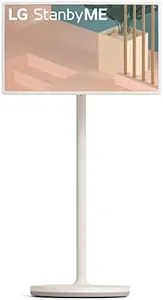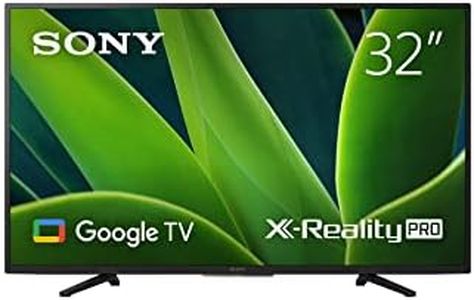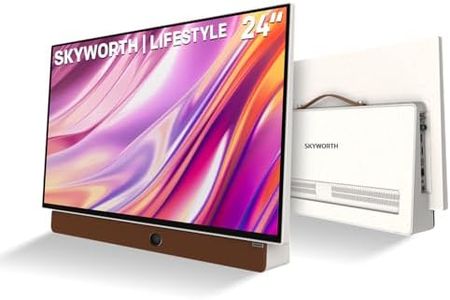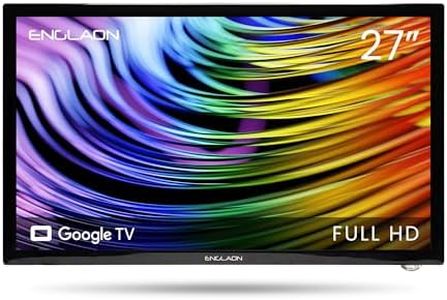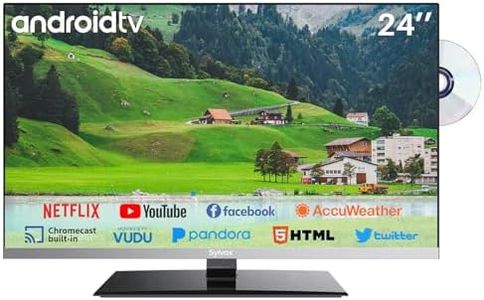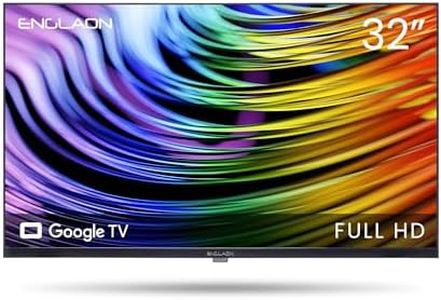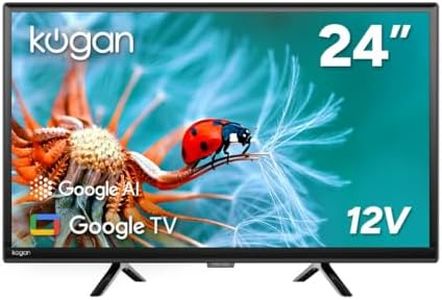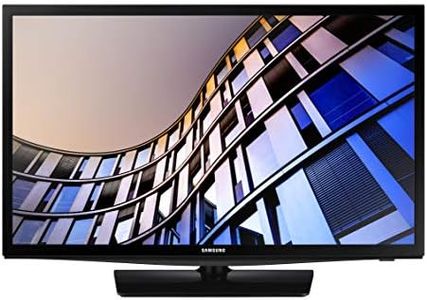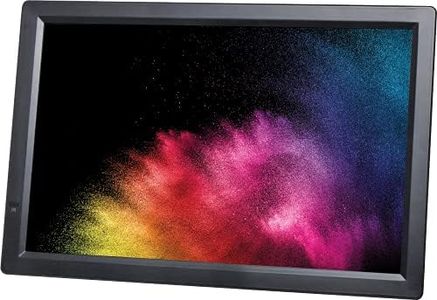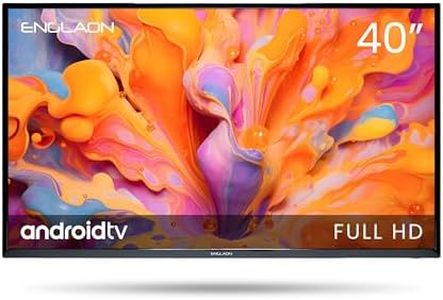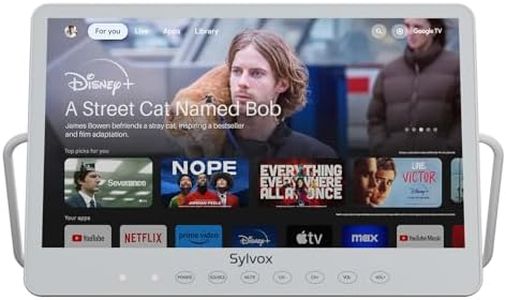We Use CookiesWe use cookies to enhance the security, performance,
functionality and for analytical and promotional activities. By continuing to browse this site you
are agreeing to our privacy policy
10 Best Portable Tvs
From leading brands and best sellers available on the web.Buying Guide for the Best Portable Tvs
Choosing the right portable TV can make a big difference in your on-the-go entertainment experience, whether it's for camping trips, road journeys, or simply moving from room to room at home. It's important to focus on key specifications that affect picture quality, portability, ease of use, and connectivity, all while keeping in mind what you plan to use the TV for most often. Start with a clear idea of your primary use: Will you watch a lot of live TV while traveling, connect streaming devices, or mostly use it for DVDs and offline content? This will help you prioritize features that matter the most to you.Screen SizeScreen size refers to the diagonal measurement of the TV display, typically in inches. This spec is important as it determines how immersive and comfortable your viewing experience will be. Portable TVs usually range from about 7 inches to 16 inches. Smaller screens (7-10 inches) are extremely easy to carry and fit well in compact spaces like tents or car backseats, but might not be as satisfying for watching shows with several people. Medium sizes (10-13 inches) strike a balance between portability and watchability, while larger screens (14-16 inches) deliver a better viewing experience for groups but can be bulkier to transport. Pick a size that matches where and how you'll use the TV most—go smaller for maximum portability or choose a bit larger if you’ll have more space and want better visuals.
Power SourceThe power source spec describes how the portable TV is powered—some run on built-in rechargeable batteries, others use replaceable batteries, and some require plugging into an outlet or a car adapter. This is crucial because it determines how flexible the TV is for true portability. TVs with long-lasting rechargeable batteries are best for extended off-grid use, while models that can be plugged into a car or wall outlet work well for travel but are less useful where power isn’t available. Think about your main usage: for camping or frequent moves, prioritize good battery life and easy charging options; for RVs or road usage, a car adapter could be very handy.
Tuner TypeThe tuner type indicates how the TV receives channels—most commonly, an ATSC or DVB tuner allows you to pick up over-the-air TV signals. This spec is important if you want to watch local television broadcasts without external boxes or streaming. TVs with built-in digital tuners can scan and play free channels directly. For users who want live TV, especially in areas with good signal, built-in tuners are essential. If you plan to connect streaming sticks or don’t need live TV, this spec may be less critical to you.
Input and Connectivity OptionsThis refers to the types of ports and wireless options the TV offers, such as HDMI, USB, AV input, headphone jack, or even Bluetooth and Wi-Fi. These connections let you hook up streaming devices, gaming consoles, or play media from USB drives. HDMI and USB ports are great for versatility. Choose a TV with the input types that match your other devices (like a streaming stick or tablet)—the more options, the more future-proof and flexible your setup will be for different kinds of content.
Display ResolutionDisplay resolution tells you how clear and sharp the image will be, usually described in terms like 480p (SD), 720p (HD), or 1080p (Full HD). Higher resolution gives crisper details, which is noticeable on larger screens. For very small portable TVs, even standard definition (480p) often looks fine, but on 13-inch or bigger screens, you’ll appreciate at least HD quality. If your main use is quick news, cartoons, or background watching, resolution may matter less. For movies or detailed shows, aim for higher resolution.
Weight and PortabilityWeight and portability combine to define how easy it is to carry the TV with you, especially if you’ll be moving it often. Lighter TVs are easier to toss in a bag or move from place to place, but sometimes at the cost of screen size or battery capacity. If you’re hiking or backpacking, go as light as possible. If you’re using it for car trips or at home, weight might not be as critical. Match this to how you travel and your strength/preferences.
Speakers and Audio QualityAudio quality is determined by the built-in speakers’ size and power. Some portable TVs have very basic, small speakers that may not provide strong sound, which can be an issue in noisy outdoor or group situations. Some offer audio-out ports for headphones or external speakers, which can help. If you expect to use your TV in loud places or with a group, check reviews or specs for speaker power, or plan to use headphones/external speakers. Solo viewers in quiet settings might not need premium audio.
